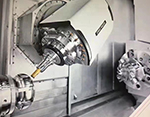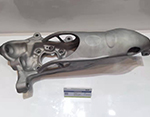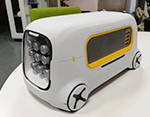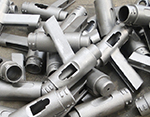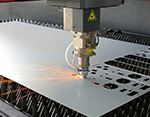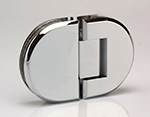-
Service
+
- CNC Precision Machining Service +
- Multi-Axis Simultaneous Machining Service +
- CNC Turning Service +
- Metal 3D Printing Service +
- Rapid Prototyping Service +
- Die Casting Service +
- Sheet Metal Fabrication Service +
-
Finish Serivces
+
- Polishing
- Grinding
- Brushed Finish
- Sand blasting
- Painting
- Powder Painting
- Anodizing
- Hard anodizing Service
- Passivation
- Zinc Plating
- Nickel Plating
- Chrome Plating
- Blackening
- Black Zinc Plating
- Teflon Coating
- Titanium Coating
- DLC Coating
- Laser Marking
- Silk Screen Printing
- Transfer Printing
- Micro Arc Oxidation
- Industries +
- About Us +
- Resource +
- Contact Us
- Quote

-
Service
-
>
-
>
-
>
-
>
-
>
-
>
-
>
-
>
-
- Industries
- About Us
- Resource
- Contact Us
Custom Tool Steel Parts Machining Service
Tool steel is any of various carbon and alloy steels, especially suitable for making cutting tools, dies, hand tools, knives, etc. Their suitability comes from their unique hardness, wear and deformation resistance, and their ability to maintain cutting edges at high temperatures.Tool steels are used for cutting, pressing, extruding and embossing of metals and other materials. Their use in tools is essential. For example, injection molds require the wear resistance of tool steel - an important criterion for mold durability that allows for hundreds of thousands of mold operations over its life cycle.
What is Tool Steel?
Tool steels are high quality carbon and alloy steels that are particularly suitable for making tools such as cutting tools, measuring tools, dies and wear-resistant tools. Tool steels have a high hardness and the ability to maintain high hardness, red-hardness and hold a cutting edge at high temperatures, as well as high wear resistance and suitable toughness. Therefore, tool steels are suitable for forming other materials such as cutting, machining, stamping or forging.
Tool steel is usually supplied to machinists in an annealed or soft condition. Steel mills provide tool steel in the annealed condition so that machinists can easily machine the tool steel into usable tools. They are usually melted in furnaces and processed to obtain the properties needed to shape other metals into useful components.
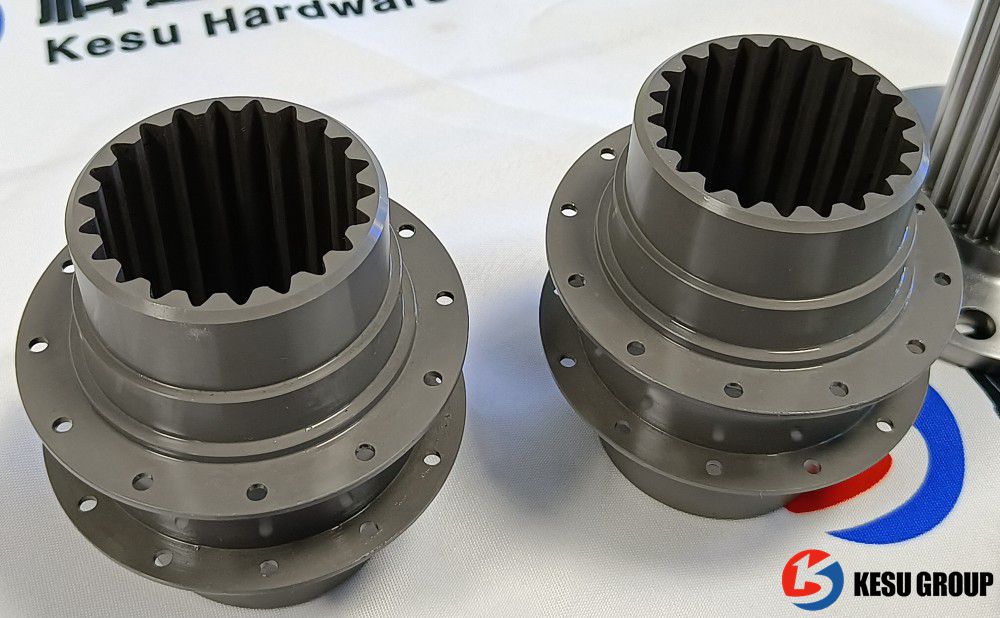
Tool steel
The high strength and wear resistance properties make tool steels ideal for a variety of applications. They are often used in everyday products such as automotive exhaust systems, precision surgical instruments and medical implant devices. Here are some industries that use tool steel parts made by kesu:
Automotive
Heavy Equipment
Medical
Food
Food processing
Electronic Products
Construction
Agriculture
Furniture
Classification of Tool Steel
| Tool steel | Describe | Characteristics |
| A2 | Air-hardened, cold-worked steel | A2 has high toughness and dimensional accuracy in the hardened state. It is not as good as D2 in terms of wear resistance, but has better machinability. At the same time, it has good toughness and excellent dimensional stability for forming molds. |
| A3 | Air-hardened, cold-worked steel | A3 has good toughness and excellent dimensional stability for forming molds. |
| O1 | Oil-hardened cold work steel | After heat treatment, O1 hardening effect is good and dimensional change is small. O1 is used for industrial tools and cutting tools. |
| D2 | High carbon, high chromium, cold work steel | It has excellent wear resistance, good machinability. |
| H13 | Chrome hot work steel | It has high toughness, fatigue resistance, impact resistance and wear resistance, as well as good red-hardness, machinability, weldability and ductility. |
| S7 | Oil-hardened steel | It has excellent toughness, high strength and moderate wear resistance. |
Properties of Tool Steel
Advantages of machining tool steel parts
Tool steels are high quality carbon and alloy steels commonly used to make knives, molds, drills and other parts used in the machining or forming of metals, plastics and wood. Typical properties of tool steels include:
High hardness
Abrasion resistance
High red-hardness
Heat resistance
Ability to maintain shape
Improved toughness
Withstand heavy loads
Disadvantages:
Low hardenability
Tendency to overheat.
Higher price.
Lower cutting speeds increase the cost of the final product due to slower cycle times.
CNC machining produces parts with excellent mechanical properties, precision and repeatability using metals and plastics. We can provide 3-axis, 4-axis, and 5-axis machining services.
CNC Turning
Another technique for machining tool steel is CNC turning, in which the tool remains stationary while the workpiece moves to produce the desired shape. CNC turning is a highly adaptable machining system used to manufacture many electronic and mechanical components.
CNC Milling
CNC milling is an automated machining that uses computer control to manage the movement and operation of multi-point rotary tools. As the tools rotate and move over the surface of the workpiece, they slowly remove excess material to complete the desired shape and size. Milling can be used to create different design features such as notches, grooves, holes, slots, contours and flat surfaces.
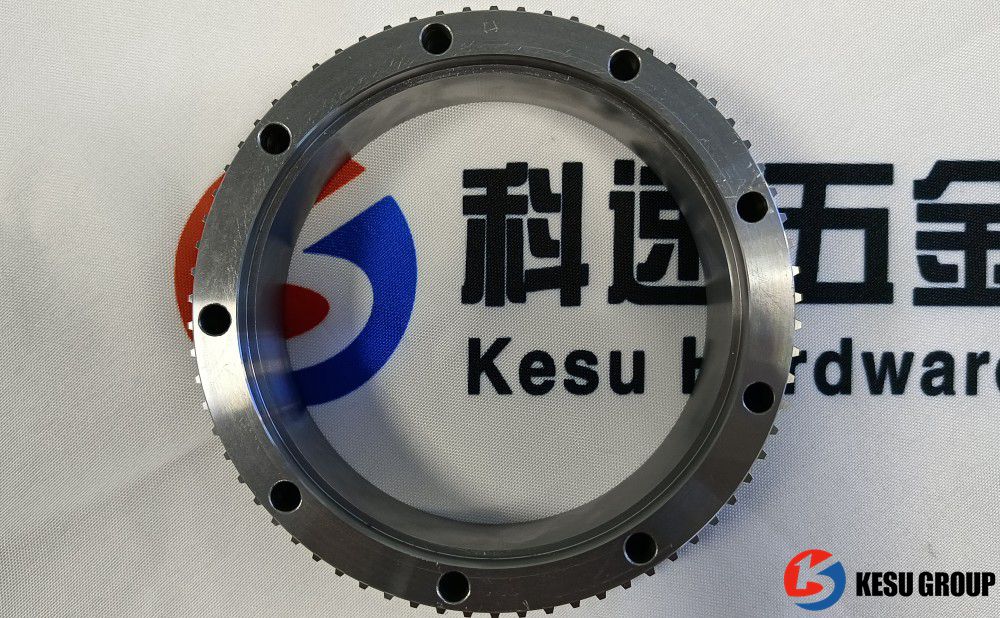
CNC Machining Tool Steel
Finishes and Post-Processing
We offer a variety of finishes for tool steels.
Nickel Plating:
Carbon tool steels can be uniformly nickel plated to improve their corrosion and wear resistance. The process deposits a 0.1 mm thick layer of nickel on the surface of the part.
Powder Coating:
Powder coating creates a solid surface finish and is typically between 0.006 (0.1524 mm) and 0.012 (0.3048 mm) thick. Since bare steel is prone to rusting, it can benefit from powder coating.
Cooperation Process
1. Contact us with the drawings of your products.
Files formats are accepted when clients send us drawing.
3D: Pro/E, UG
2D: Auto CAD
Accepted file format: .igs, .prt, .stp, .x_t, .dxf, .dwg, .pdf, .jpg, .tif, .bmp, .doc, .xls.
2. Receive our offer.
We will send you the quotation sheet as soon as possible.
3. Place the orders
4. Make payments.
5. Engineers write programs for products.
6. Production.
Machining types: CNC milling, CNC turning, grinding, stamping, bending, welding, die casting, drilling, tapping and injection molding.
CNC machining range:
Aluminum: 6061, 6063, 6061-T6, 7075, 5052, 2017, 6083.
* Steel: Q215,Q235,10# 15#, 45#, S136, SKD11,718H.
* Copper/brass / bronze.
* Titanium / TC4.
* Plastic: Delrin (POM), Teflon, Nylon, PA, PC, PMMA, Ultem (PEI), PTFE.
* Stainless steel: 303, 304, 316, 430, 420.
Surface treatment: laser engraving LOGO, Anodizing, Sandblasting, Plating chrome, Plating nickel, RoHS zin, Assembly, Welding, Heat treating, and so on.
7. QC checks the quality of machinery machining parts.
8. Packing.
9. Delivery.
Within 15-20 workdays after payment is received.
For more information and consultation, contact us here!
Email:Pearl@kesugroup.com
Tel: +86 18897461780

